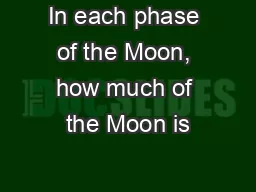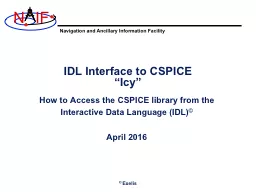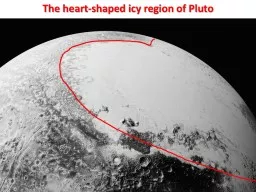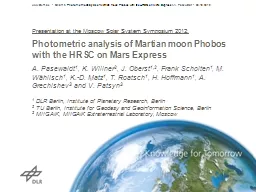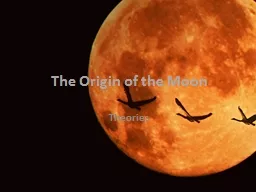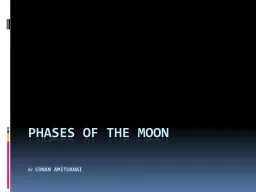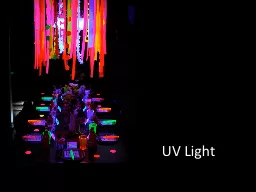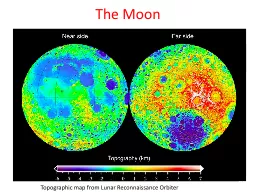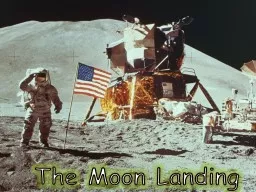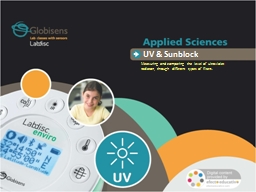PPT-Far-ultraviolet photometric characteristics of the icy moon
Author : test | Published Date : 2015-10-29
Royer EM 1 amp Hendrix AR 2 1 JPLCaltech Pasadena CA 2 Planetary Science Institute Tucson AZ 04182013 JPL 2013 All rights reserved Ering Satellites in the
Presentation Embed Code
Download Presentation
Download Presentation The PPT/PDF document "Far-ultraviolet photometric characterist..." is the property of its rightful owner. Permission is granted to download and print the materials on this website for personal, non-commercial use only, and to display it on your personal computer provided you do not modify the materials and that you retain all copyright notices contained in the materials. By downloading content from our website, you accept the terms of this agreement.
Far-ultraviolet photometric characteristics of the icy moon: Transcript
Download Rules Of Document
"Far-ultraviolet photometric characteristics of the icy moon"The content belongs to its owner. You may download and print it for personal use, without modification, and keep all copyright notices. By downloading, you agree to these terms.
Related Documents


